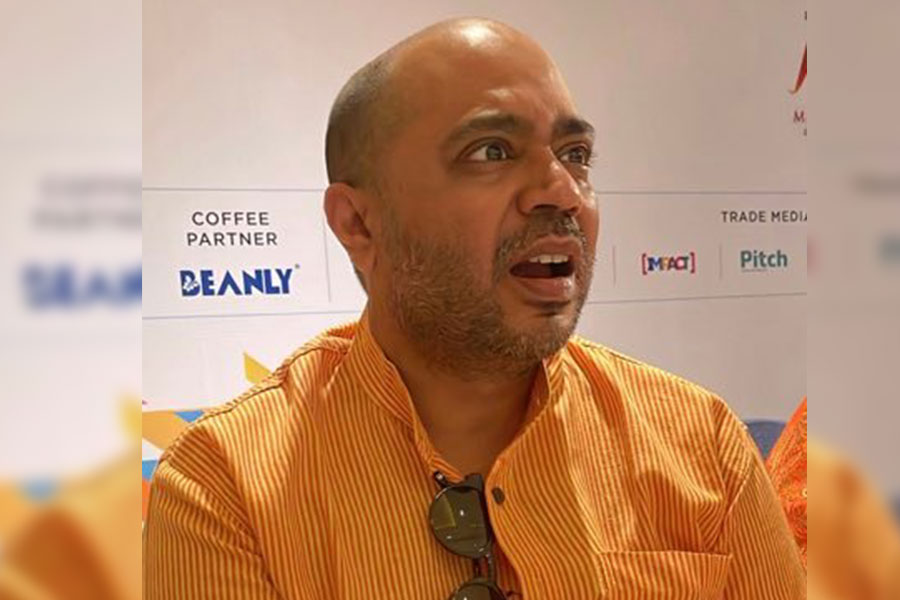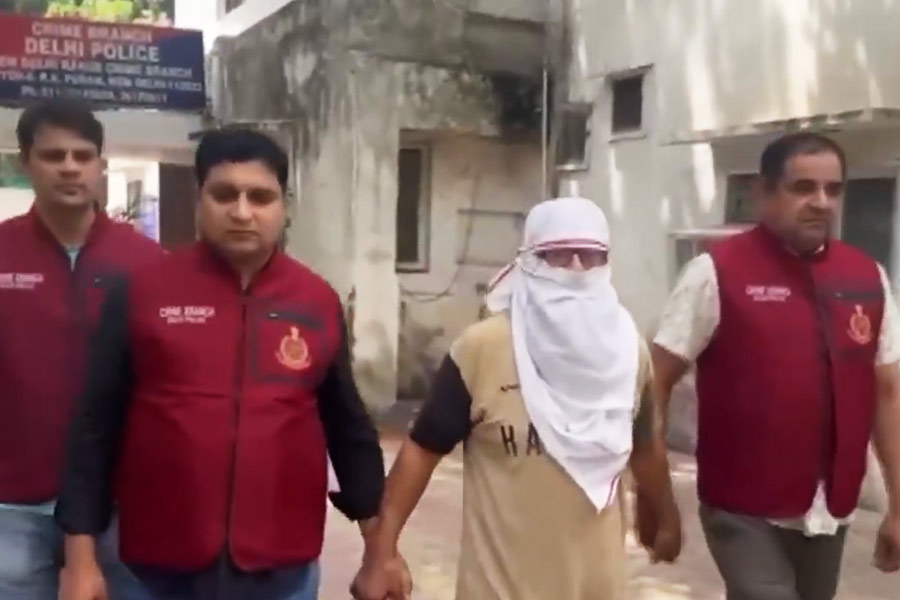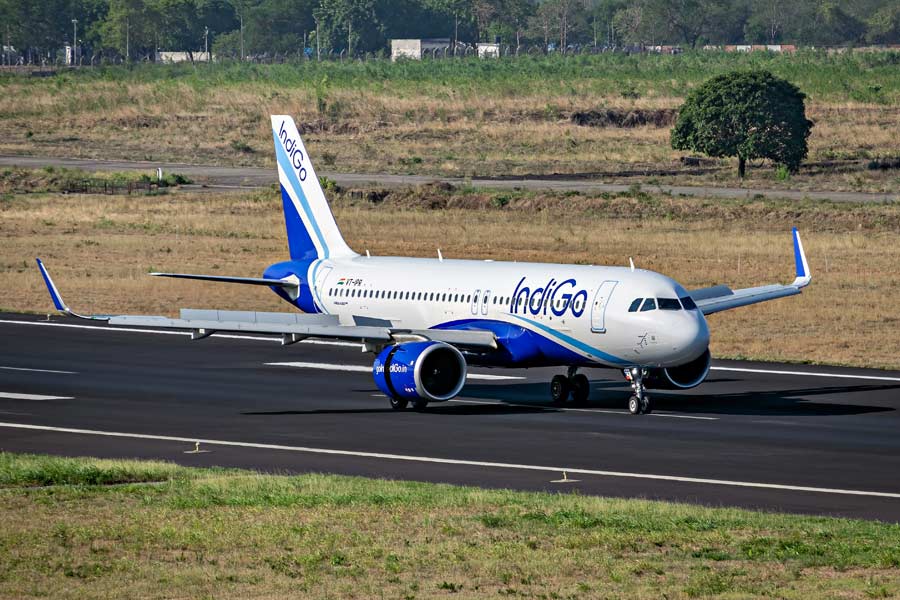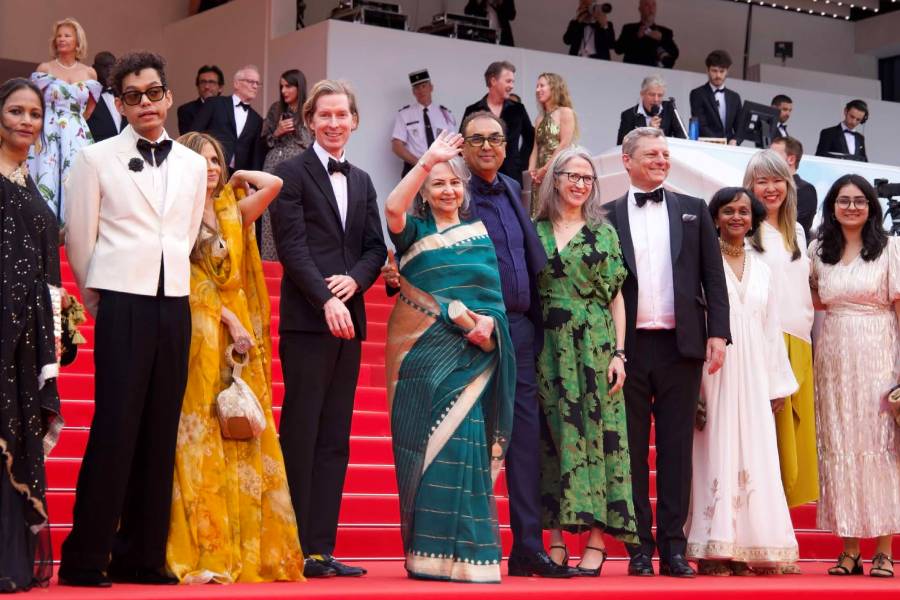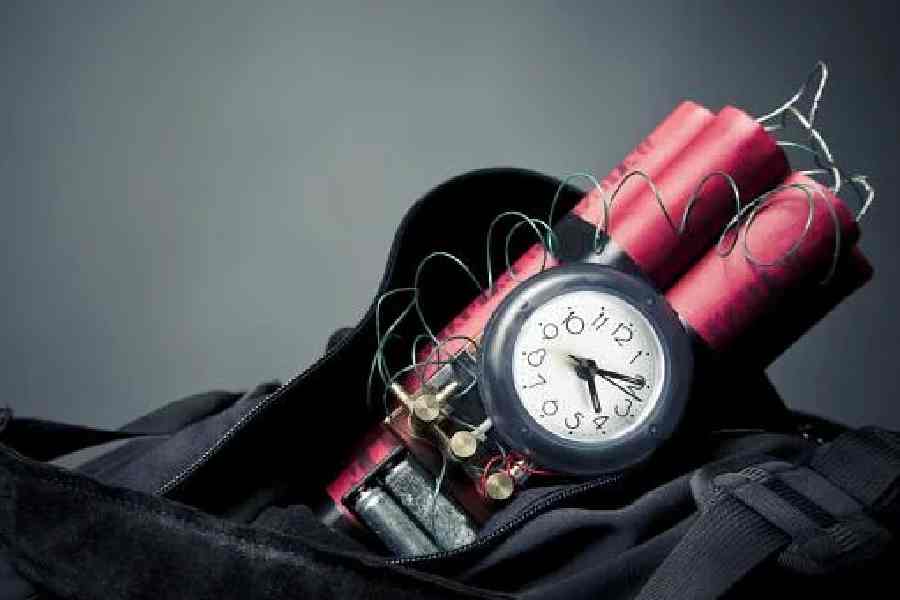
Imagine a dance where men move bamboo sticks and women jump in and out in tandem. Split-second timing is what Cheraw dancers of Mizoram specialise in.
Folk lovers in Jamshedpur are now getting an opportunity to see exciting tribal dances from across India at Adi Bimb, a three-day national festival of tribal arts.
Inaugurated on Sunday, it is an attempt by Eastern Zonal Cultural Centre (EZCC), an autonomous body under the Union ministry of culture, to promote the rich tradition of the country.
Om Prakash Bharti, director of EZCC, Calcutta, inaugurated the fuction at G-Town grounds in Bistupur.
Around 15 states, including eight under the jurisdiction of the EZCC - Assam, Bihar, Jharkhand, Manipur, Odisha, Sikkim, Tripura and Bengal - as well as Union territory Andaman and Nicobar are taking part in the festival.
The inaugural day witnessed dances like Solakia and Cheraw from Mizoram, Wangala from Meghalaya and Hojagiri from Tripura. It had Limboo music and dance from Sikkim, Bodo music and dance from Assam and Kabui Naga music from Manipur.
"The national tribal arts festival is being held in Jamshedpur for the first time. This will give people an ample chance to witness some unknown folk dance of India," said Tapas Samanta, programme co-ordinator from EZCC, Calcutta.
"This festival is more about dance than music, to promote the rich tribal culture of India. The event aims to connect this rich culture with the new generation in a state (Jharkhand) that itself is home to around 32 tribes," he added.
Not just dance and music, the festival will also hold seminars on the sidelines of the programmes wherein scholars and practitioners will discuss and analyse different art forms, their scope and future.
A special platform has also been arranged for informal discussions where people - members of the audience - can take part. The G-Town grounds also boast a Shilp Haat, an exhibition showcasing and promoting the sale of tribal products and food.
"EZCC works for preservation and promotion of tribal and folk arts. One of its main motive is to develop the rich diversity and uniqueness of various arts of eastern India," said project assistant at EZCC, Calcutta, Sumedha Sengupta.
The EZCC had also organised Desaj last month, a five-day fest to showcase unique folk arts from across the country. And, it had also hosted Navodit, a classical dance festival, in December 2015





